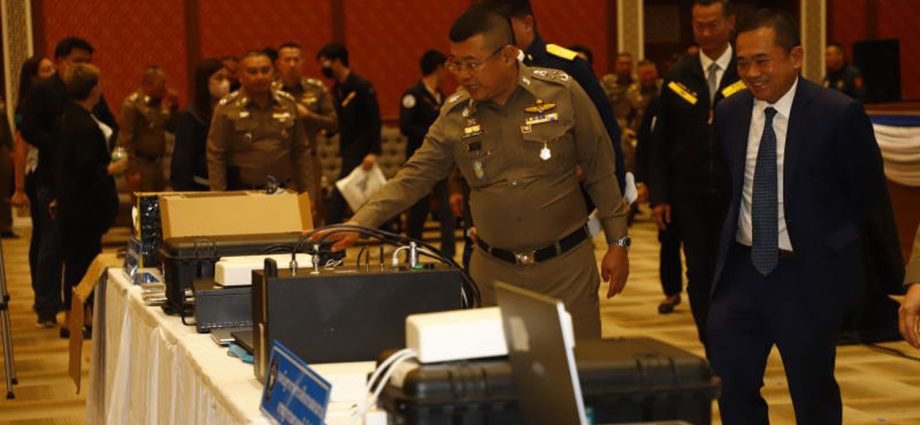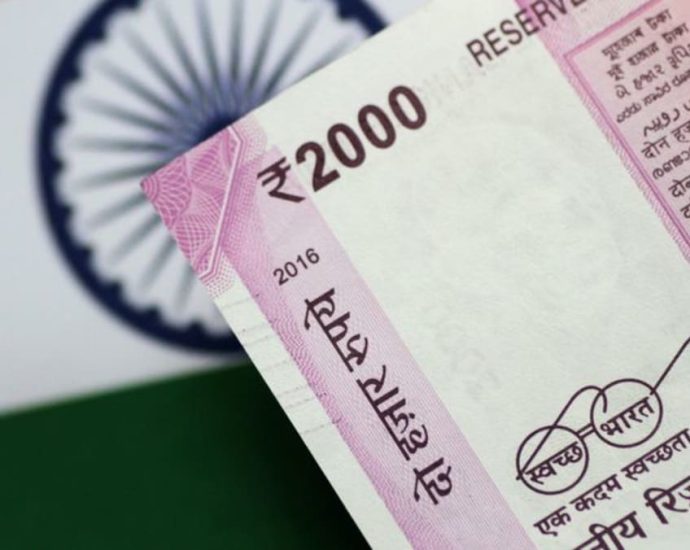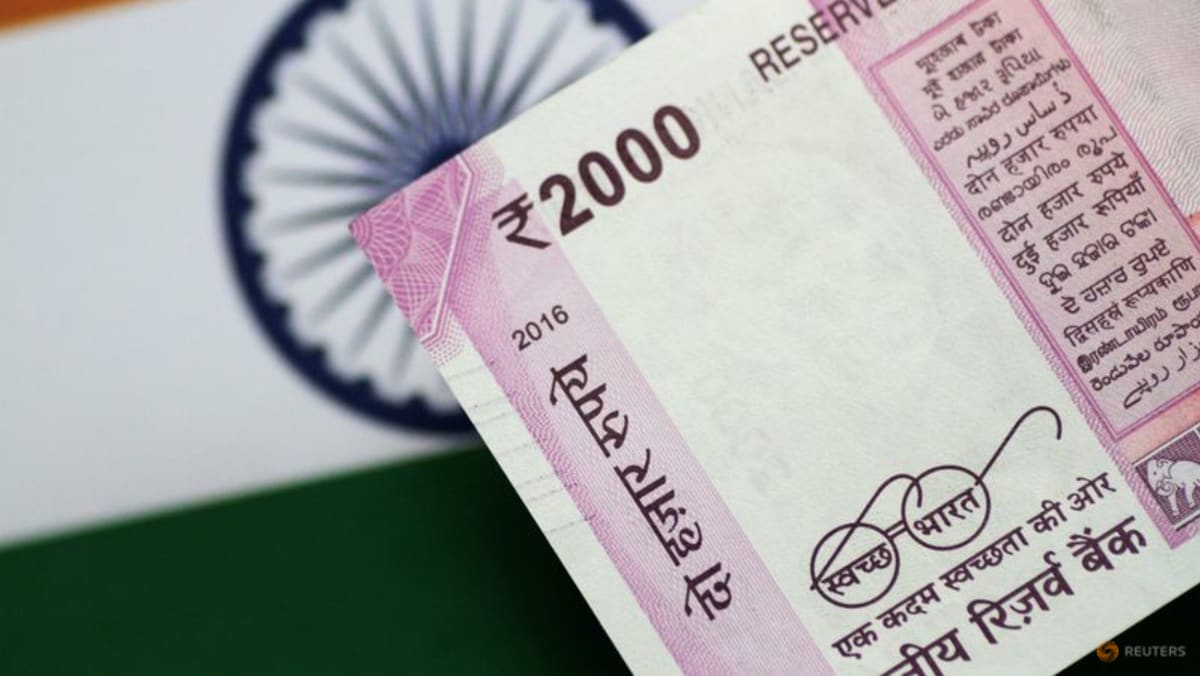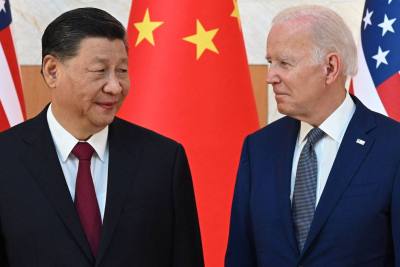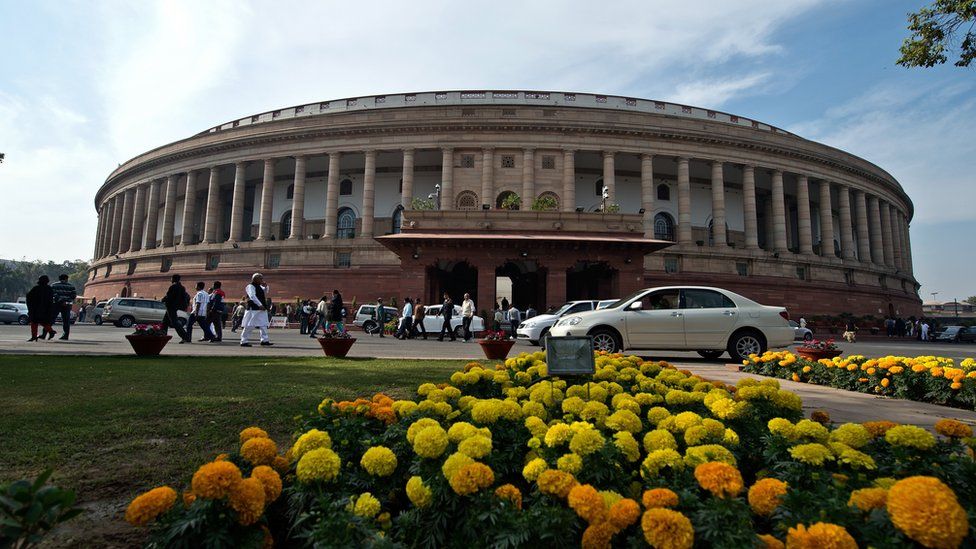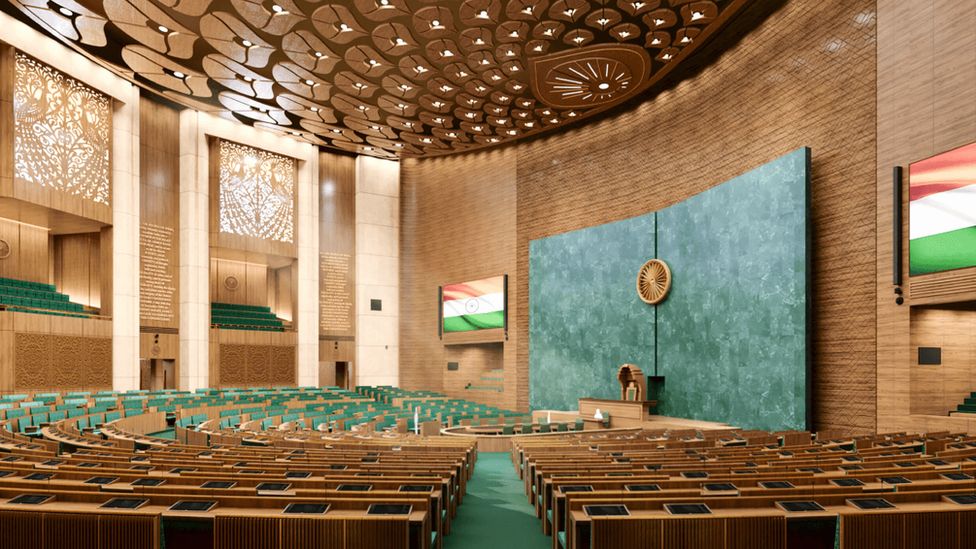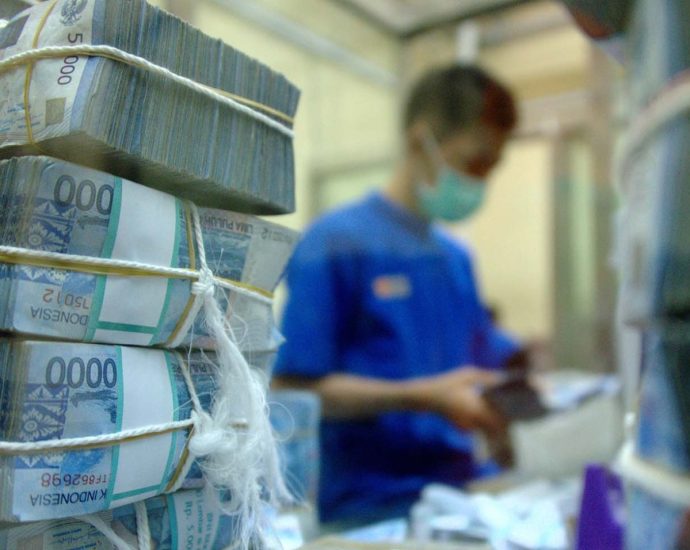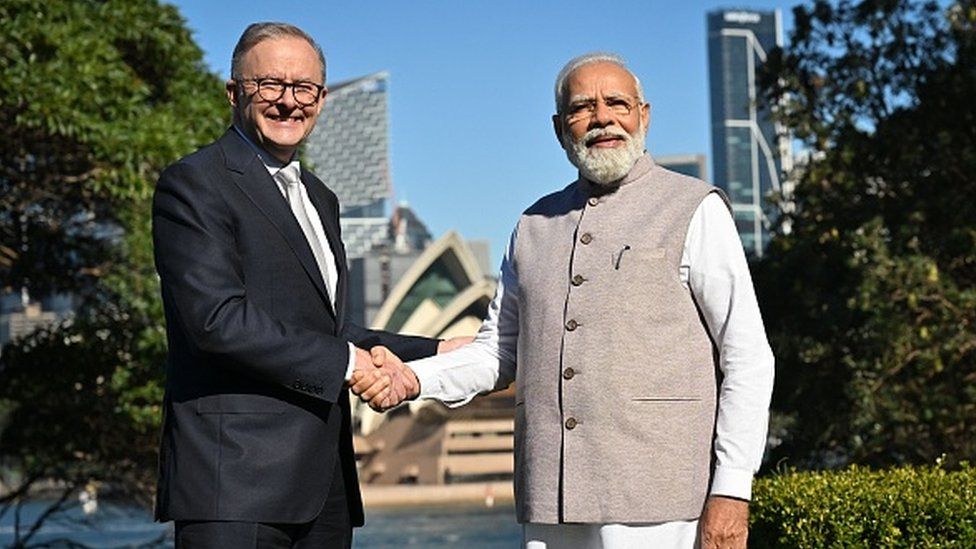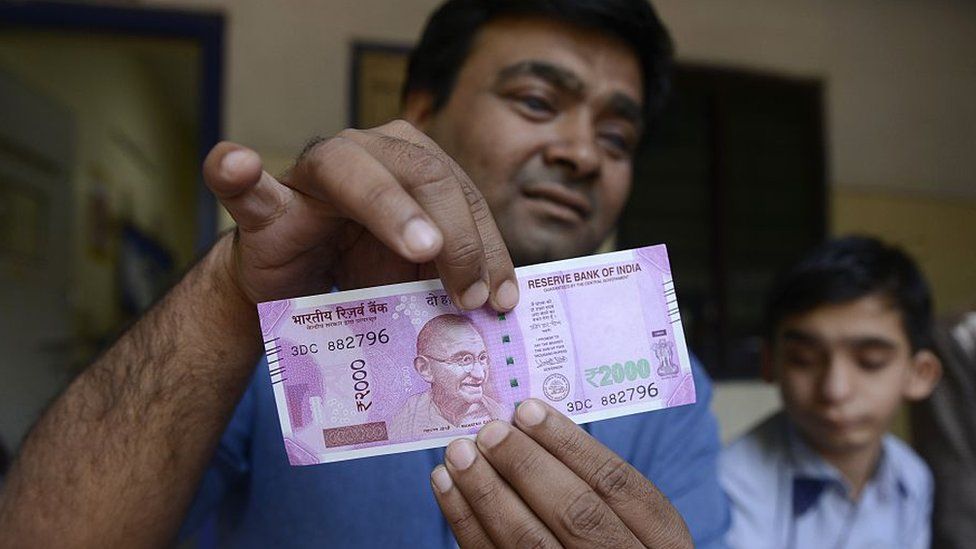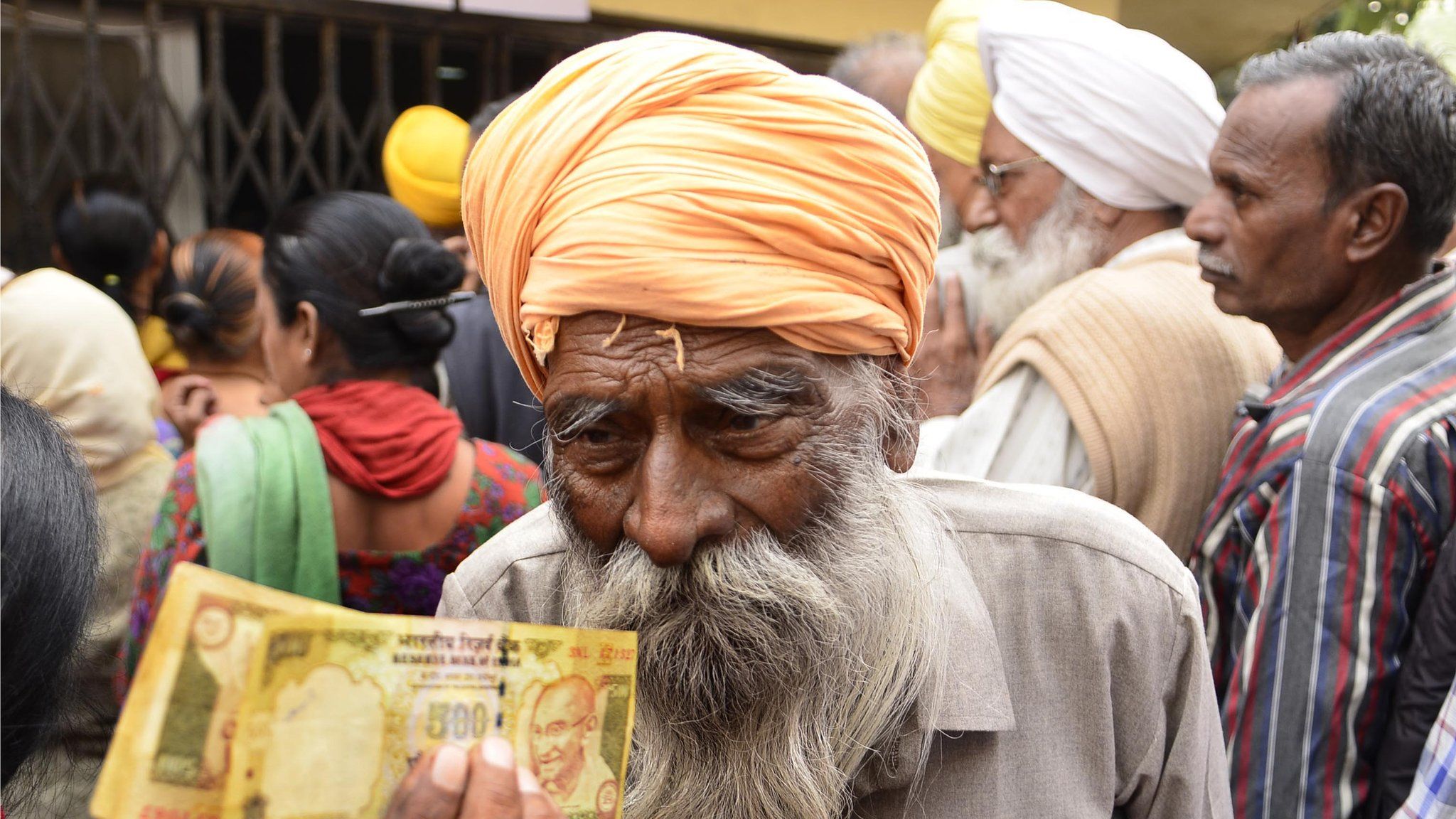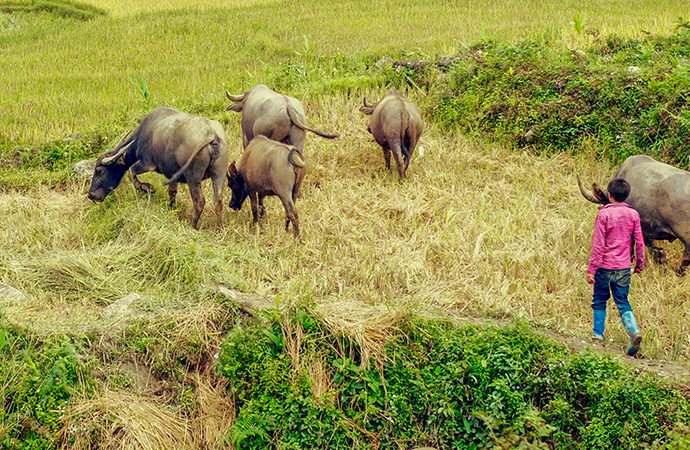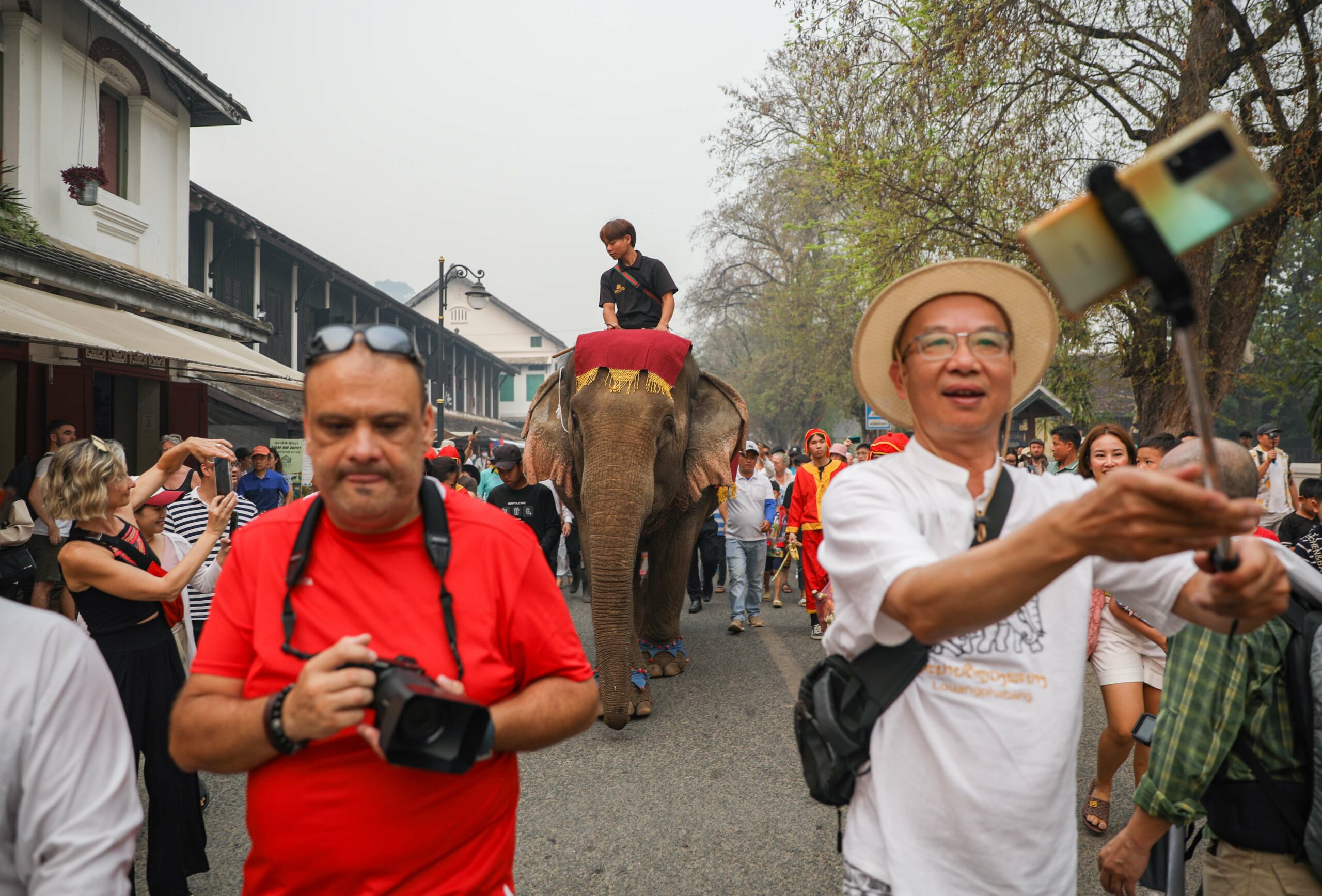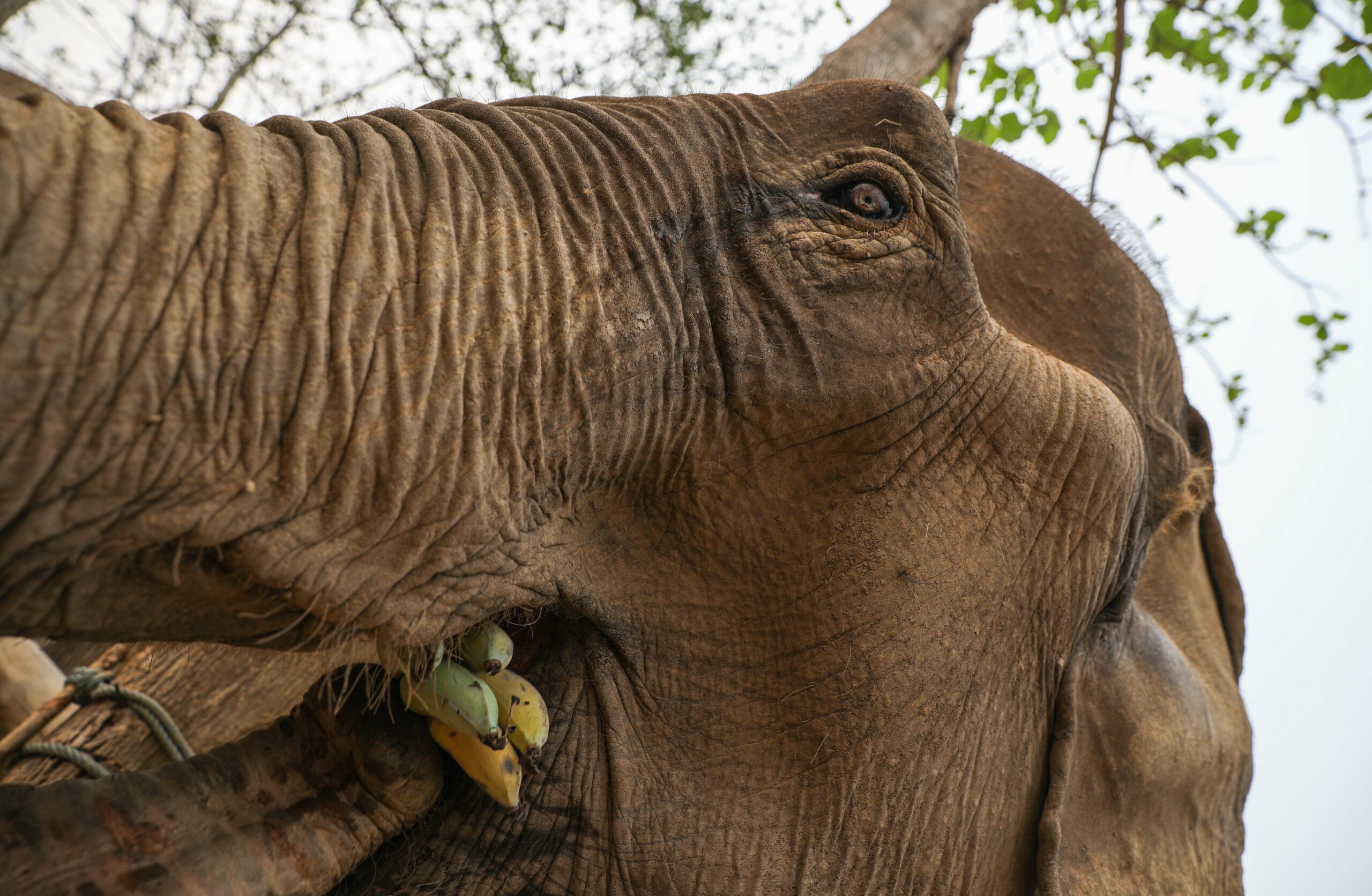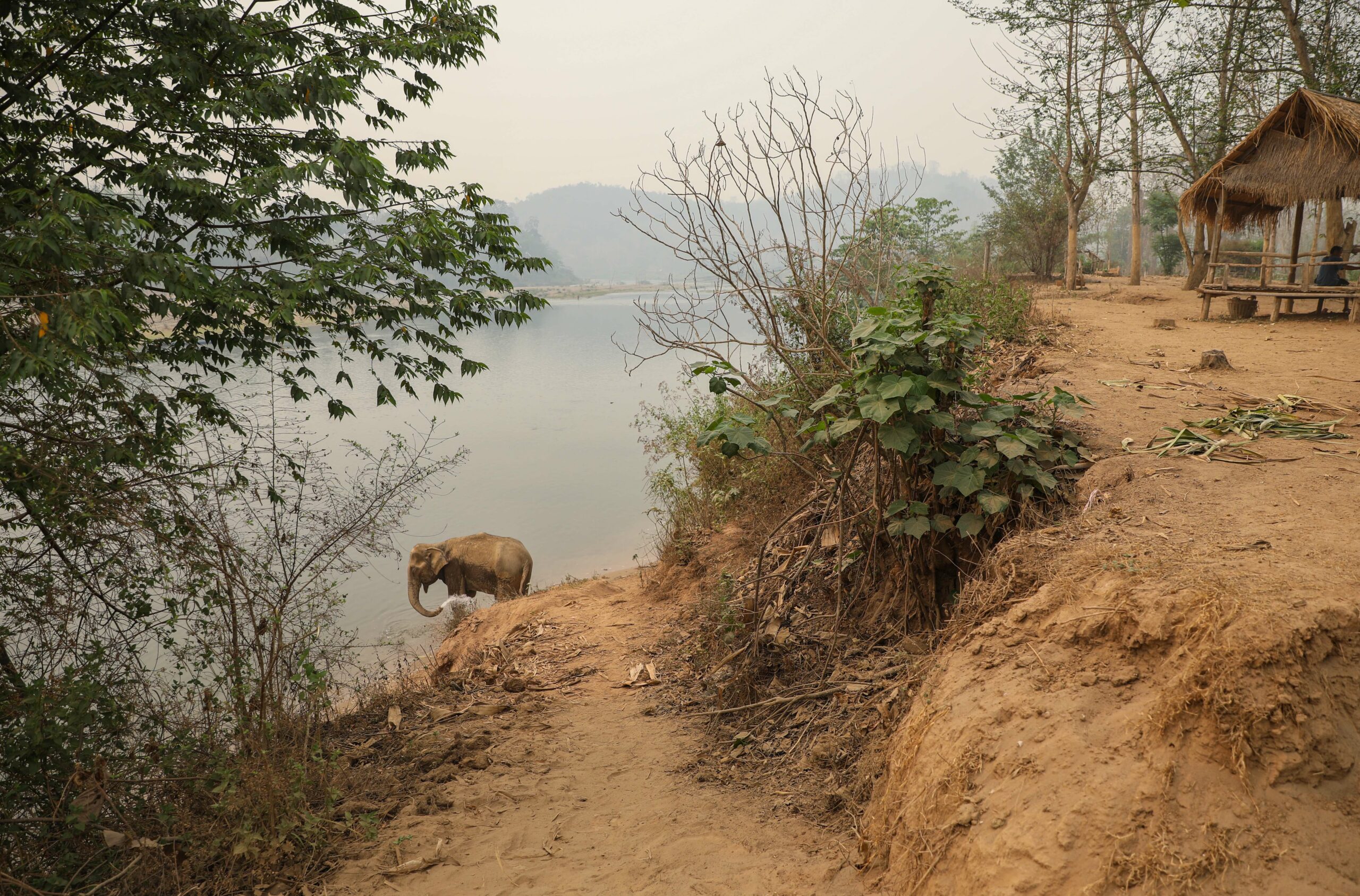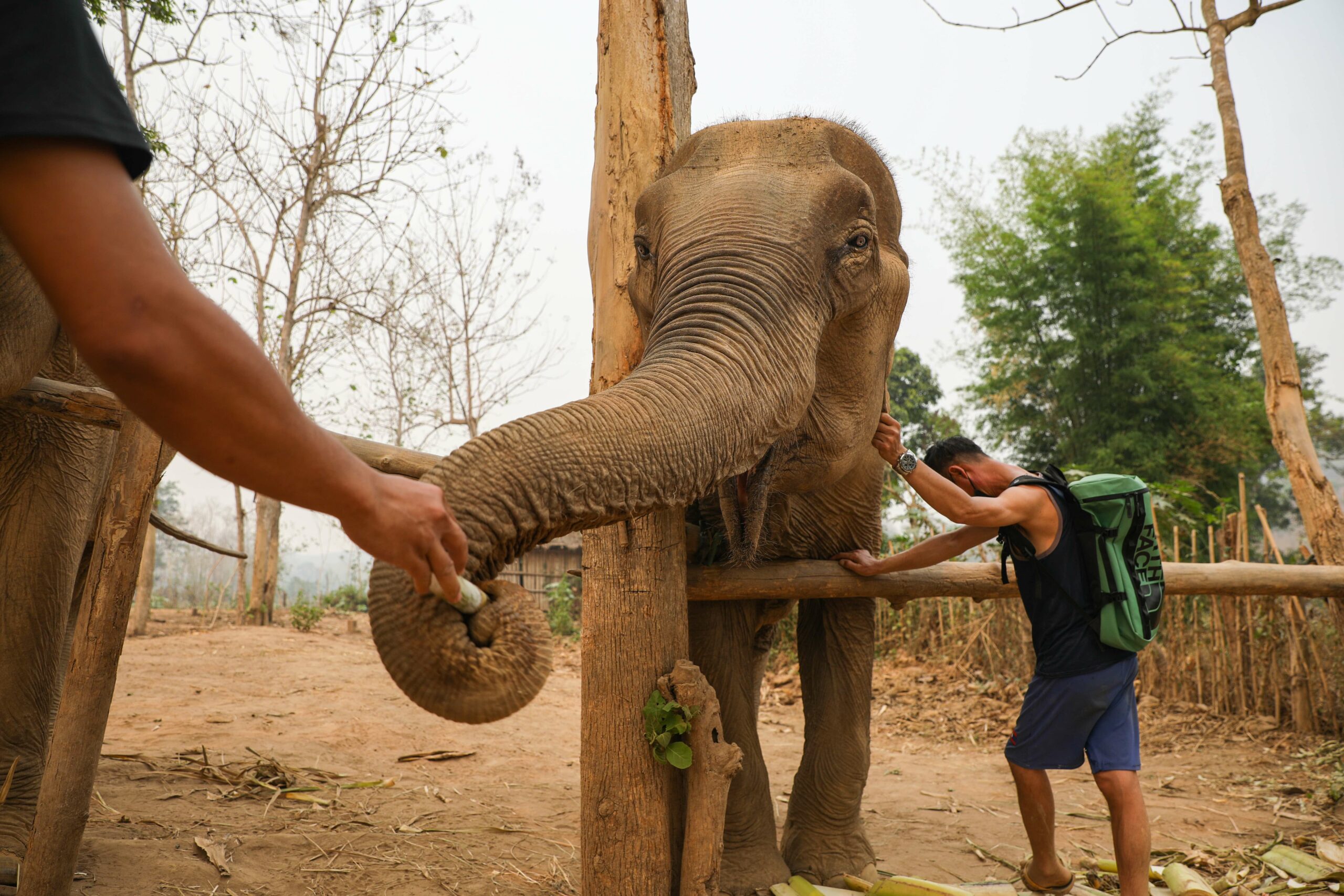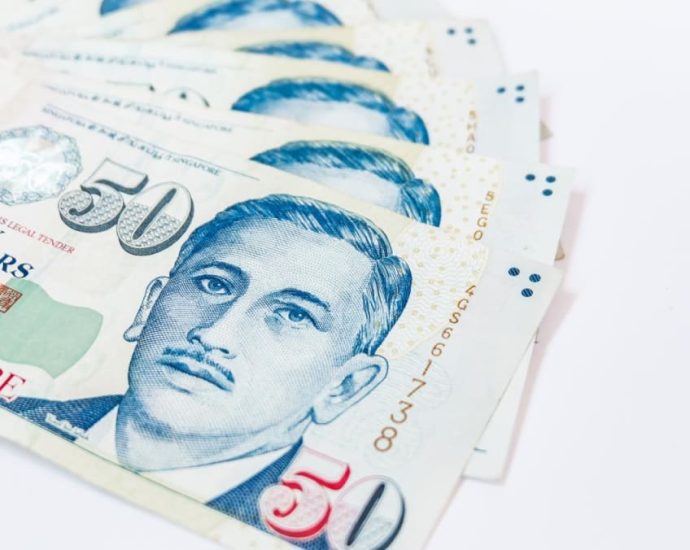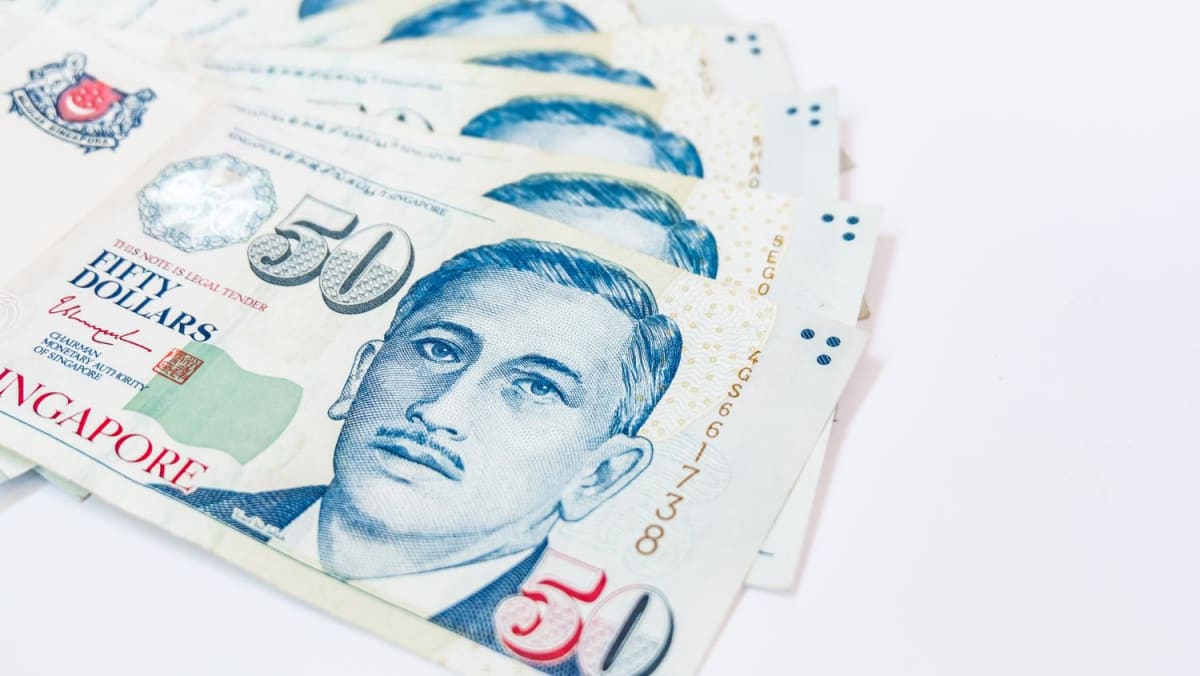SMS scam gang arrested
Stingray-equipped vehicles used to steal millions from mobile users

Police have arrested six suspected scammers who drove vehicles equipped with cell-site simulators, known as stingrays, in an effort to steal money from mobile phone users in Bangkok and nearby provinces.
All the suspects were arrested in Bang Waek area of Bangkok, national police chief Pol Gen Damrongsak Kittiprapas during a media briefing on Thursday. Their names were not disclosed.
Cyber Crime Investigation Bureau (CCIB) commissioner Pol Lt Gen Worawat Watnakhonbancha said many people had fallen victim to this scam gang. These scammers tricked their victims into clicking fraudulent links to Kasikornbank (KBank), which gave them control of their bank accounts, he said.
From March to May this year, the CCIB had received complaints over the scam from many victims, with damage estimated at 174.15 million baht.
The bureau’s investigation found that the suspects had used stingrays while driving their vehicles around many areas of Bangkok, Nonthaburi and Samut Prakan provinces.
The equipment would send SMS messages with fake links of banks, the Revenue Department, utility authorities and other agencies to mobile phones in areas where the vehicles drove.
According to Pol Lt Gen Worawat, stingrays had been used along border areas to send signals to mobile phones in Thailand, which prompted authorities to impose measures to control them. Scammers later took the devices into the country.
People who clicked fake links sent by scammers would be asked to install applications that would remotely control their cell phones and transfer money from their bank accounts, said Pol Lt Gen Worawat.
CCIB investigators tracked down the six suspects and apprehended them on Thursday. Seized from them were vehicles and four sets of the equipment used for scamming.
During questioning, all suspects confessed to all charges. They told police that they had been hired by an individual working from a neighbouring country. The individual paid them a monthly salary of 80,000 baht, and their task was to drive vehicles equipped with stingrays around Bangkok and the surrounding areas. The devices can send up to 20,000 messages a day per device.
In March, the United States Federal Bureau of Investigation (FBI) alerted the CCIB about a substantial number of stingrays being smuggled into Thailand. Authorities also discovered that these stingrays had been used to disseminate links to online gambling websites.

Secretive surveillance technology known as stingrays seized from scammers are displayed during a media briefing on Thursday. (Photo: Nutthawat Wicheanbut)

